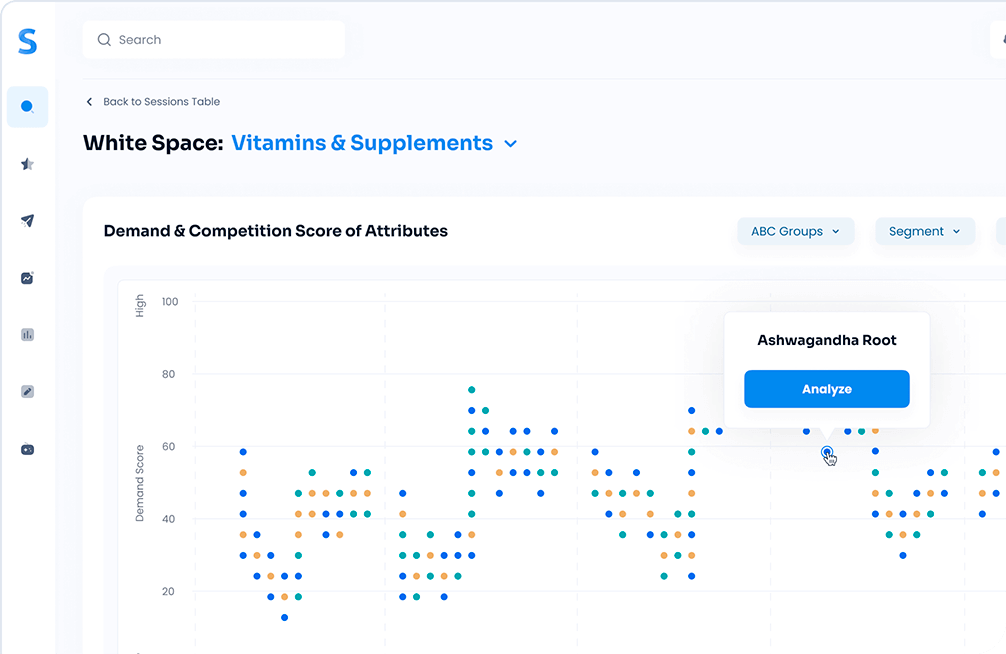As we mentioned in our recent blog about 2023’s predicted winners for oral care sensory attributes, brands need to balance practical health benefits with consumer preferences to maximize the reach of their product offerings. With that in mind, we wanted to look into our data insights generated by our White Space AI tool, specifically regarding the sensory attributes in oral care to help oral care brands make educated R&D decisions for 2022, 2023, and beyond.
In today’s post, we closely inspected 48 oral care sensory attributes to help brands better understand the needs of their consumers. Of the 48 sensory attributes, we’re highlighting the four we believe will have the least potential for growth or success in the upcoming years. The graph below represents sensory attribute opportunity scores, determined by looking at both share of voice (a leading indicator of market share) and year-over-year growth rate.
Our Predictions
Clean Feeling
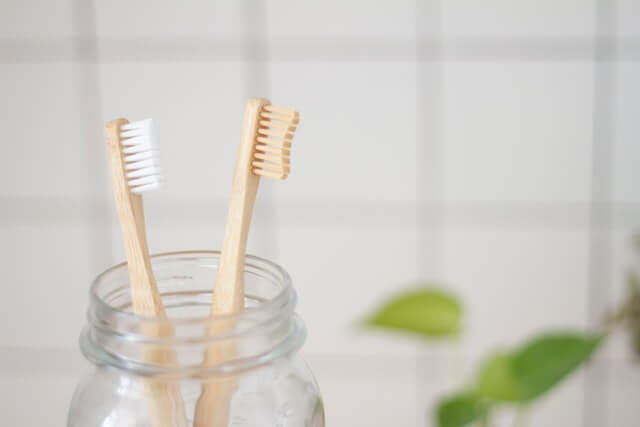
The first sensory attribute we think will be a loser next year is Clean Feeling, something you see in many different toothpaste and mouthwash products. As consumers continue to look for gentle product formulations on the teeth and gums, we believe they will begin to reject sensory attributes like Clean Feeling in favor of more natural or organic alternatives.
Prominent industry leaders like Listerine, who offer products like this LISTERINE® ULTRACLEAN® TARTAR CONTROL ANTISEPTIC MOUTHWASH COOL MINT®, should consider making changes to their product lineups when thinking about long-term sensory attribute focuses. With a 0.30 percent share of voice, Clean Feeling is already one of the less popular oral care sensory attributes, and we predict it will only decline in popularity in the coming years with an expected negative growth rate of 14.22 percent.
Foaming
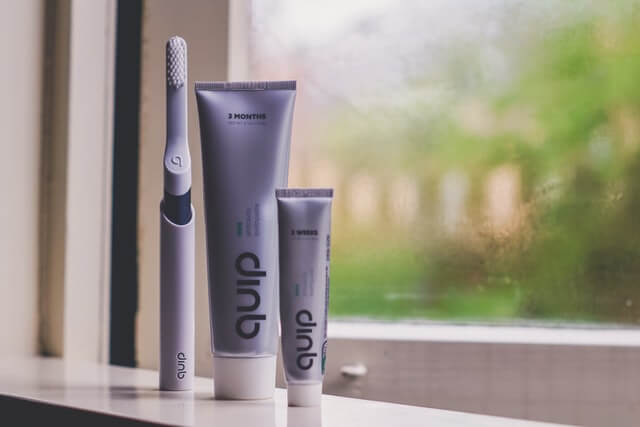
Next up, we’ve got Foaming at 0.14 percent share of voice. Foaming is a great way to keep oral hygiene top of mind, and is also one of the most effective types of stain removal for those hard-to-remove coffee or red wine stains. Several Foaming products on the market can help you keep your pearly whites bright, including stain removing toothpastes, mouthwashes, and even specialized whitening strips. So why is Foaming on its way out?
Brands like bluem are offering Foaming products designed to help reach difficult places in the mouth, but the sensation of Foam buildup can be off-putting for some users. In addition, many traditional Foaming products require rinsing after use, which can add an extra step to your daily routine. These reasons are all part of why we believe Foaming will see a 4.09 percent negative growth rate in 2022 and 2023.
Light
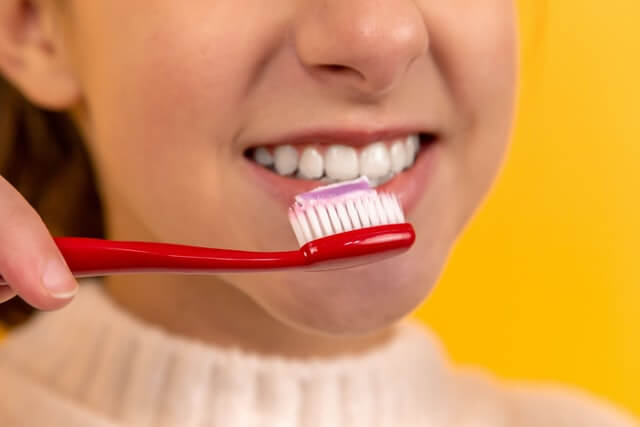
Light is the sensory attribute on our list, with the largest share of voice (by far) at 1.24 percent, so we’re not overly concerned with the projected negative 0.92 percent growth rate for the next year or two. Light therapy for oral care has been around for a while now, but it’s only recently that brands have started experimenting with new ways to incorporate Light into their products.
For instance, some brands are using Light therapy to help fight gum disease, while others use it to help remove plaque and tartar buildup. Even some brands are incorporating Light into their toothbrush heads, which is a great way to help keep your teeth clean and your gums healthy. Of course, brands should pay attention to any and all data trends, but we think that major companies who use Light-focused products don’t have too much to worry about.
Refreshing
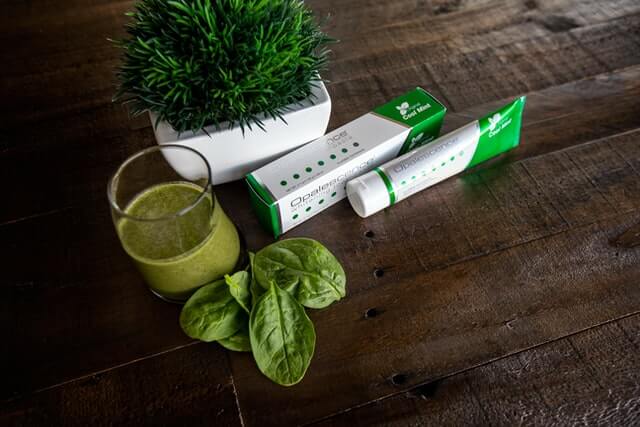
Last on our shortlist is Refreshing. Similar to Clean Feeling above, this is all about how the product feels post-cleanse.
Many customers have equated a Refreshing feeling with a tingling sensation. But as we continue to shift away from harsh chemicals, this is no longer the case.
“Natural” products that use botanical ingredients like mint and eucalyptus are becoming increasingly popular, and as a result, the Refreshing category is trending downward. Despite the downward trend, we don’t believe there’s much to worry about for oral care products marked as Refreshing. With just a 0.74 percent negative growth rate expected over the next 18-24 months, Refreshing’s 0.47 percent share of voice should remain mostly intact.
Want more insights like these? Check out our blog for more data deep dives.
We Sense These Attributes Are Going to Underperform
Over the next few years, the four attributes we’ve covered will likely underperform compared to the rest of the oral care market. However, this doesn’t mean that brands should avoid them altogether.
In fact, we believe there are still opportunities for growth within each category; it’s just a matter of finding the right strategy. So if you’re looking to launch an oral care product in the near future, be sure to keep these data insights in mind before making any critical R&D decisions.
If you’re ready to see Simporter AI in action and learn what it can do for you, request a demo on our website for more insights on Oral Care industry trends. Predicting sensory attribute trends is just one way Simporter can help brands grow their business, so to learn more about how we can help you, please visit us at simporter.com or check out our recent webinar here.




